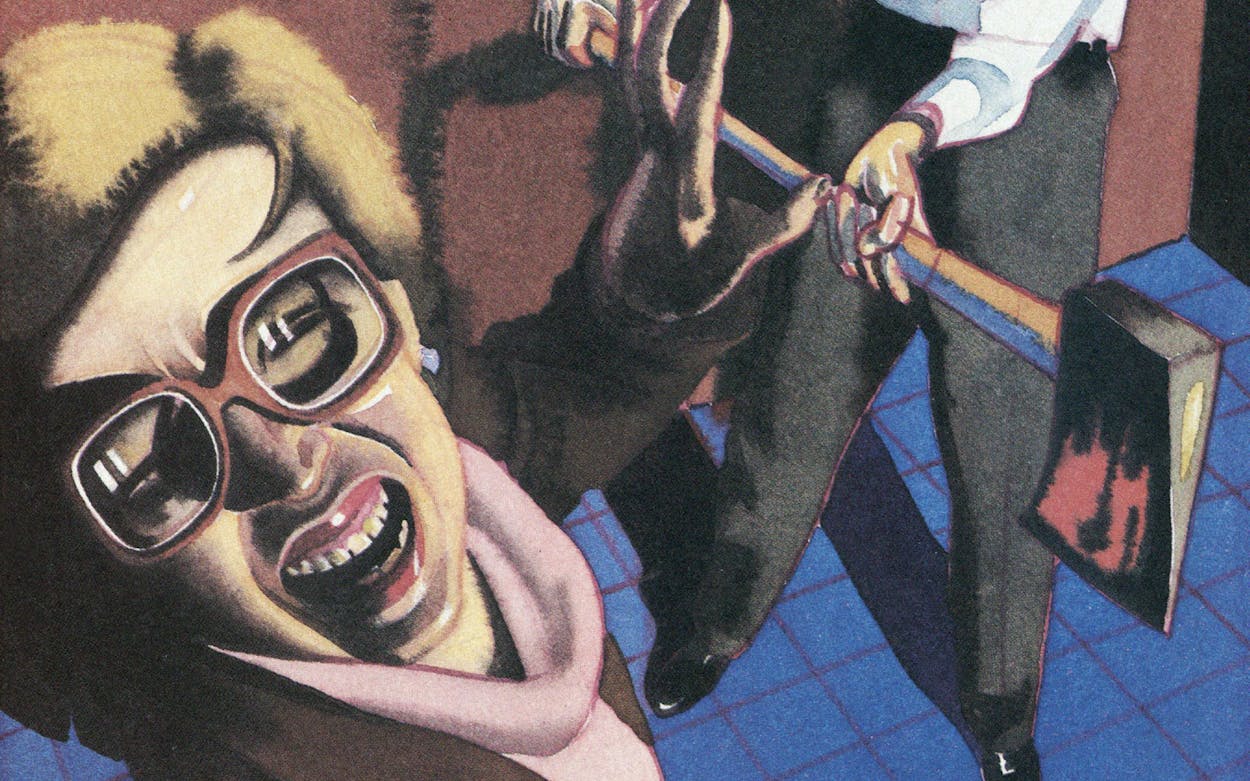In the fall of 1980, an attorney looking for some free publicity called Texas Monthly staff writer John Bloom and told him: in one of the wildest crimes in state history, his client, Candy Montgomery, had blacked out with rage and killed her lover’s wife, a woman named Betty Gore—and was acquitted. Would Bloom want an interview with her?
Of course he would. But Bloom hadn’t done much crime reporting at the time—certainly not as much as his colleague Jim Atkinson, who had been writing true crime for D Magazine—so Bloom and Atkinson decided to team up, writing a book for the fledgling Texas Monthly Press imprint, with excerpts published in the magazine.
They divided the labor, with Bloom reporting on Candy Montgomery, the killer, and Atkinson covering Betty Gore, the victim. Montgomery was initially eager to talk, believing that her life after the trial would return to normal—though she grew more hesitant as time went on. Atkinson, for his part, interviewed Gore’s husband and family. All told, Bloom and Atkinson conducted about fifty interviews, including ones with the police, sheriff’s deputies, and attorneys.
Not everyone’s version of the story aligned. “People will actually tell you the truth about a lot of things,” Atkinson said. “But one thing they will lie to you about always is sex—and extramarital sex—and that was true in the case of the affair between Allan [the victim’s husband] and Candy.”
The result of the journalists’ work was two excerpts published in Texas Monthly at the beginning of 1984: “Love and Death in Silicon Prairie,” part one and part two, as well as the book Evidence of Love: A True Story of Passion and Death in the Suburbs. That original reporting led to other projects, including an upcoming HBO Max limited series written by David E. Kelley titled Love & Death.
“John and I always felt that we had successfully captured a particular time and place in Texas history,” Atkinson said of the book’s portrait of the Dallas exurbs in the early eighties. “We captured the neurosis of a time and a place, and the people who were there. That’s really hard to do. We froze that in the amber, and the reason for the interest was obviously this axe killing. But we always felt that the story went a whole lot beyond that.”










